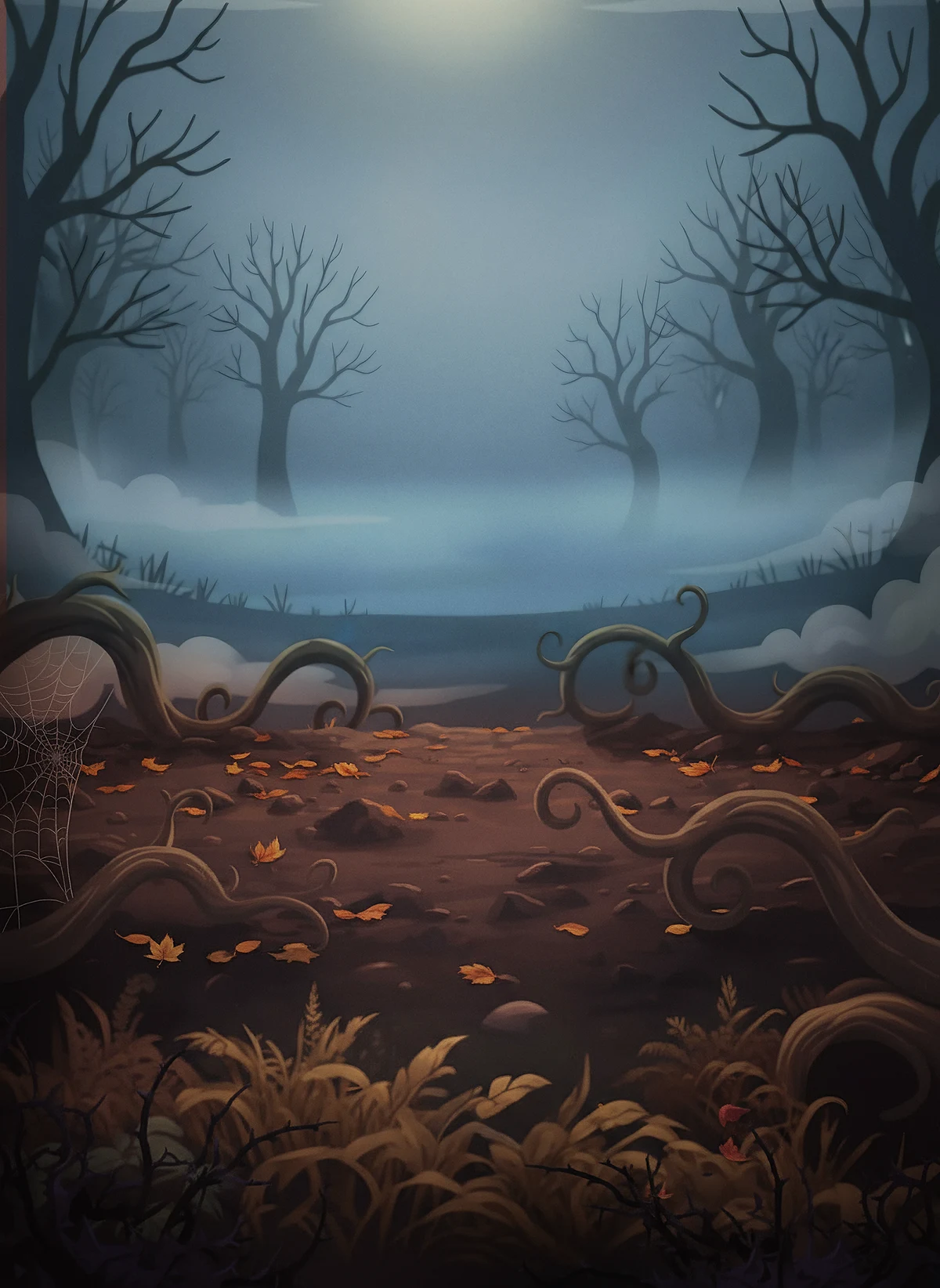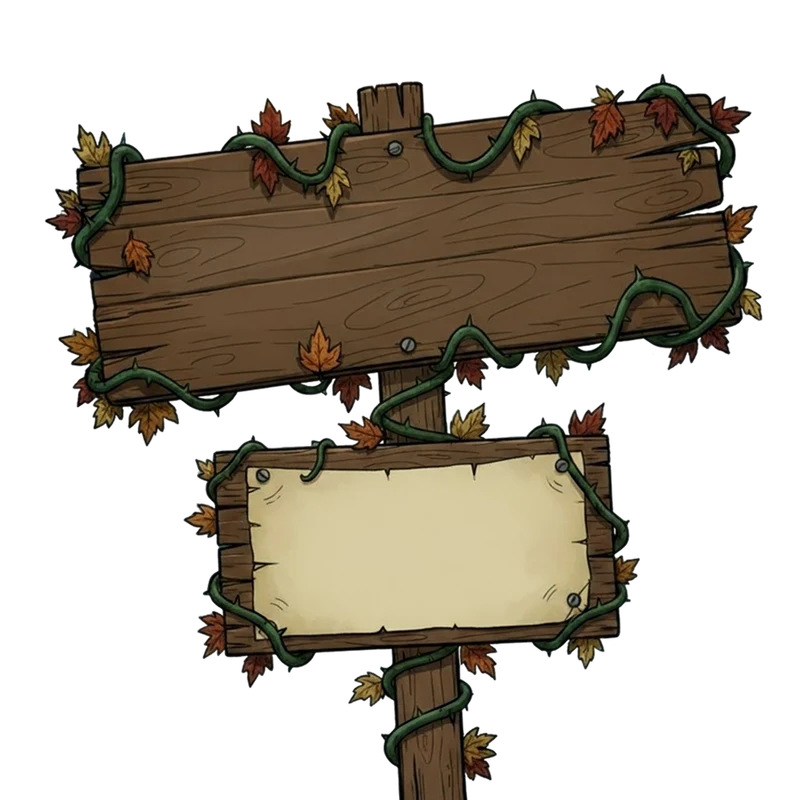Issue 15
October 2025
Theme Machine
Promptkin Carving
Come to our pumpkin patch and find some folk horror to inspire your story. How will your carving change the tale's end?


Genre Spotlight
Folk Horror
We’ve always done it this way. Always. Since before your grandfather’s grandfather drew breath. When the harvest moon rises, you’ll do it too.
What makes folk horror so unsettling? Its horror preys on ancient fears from a time when people dreaded the dark between the trees. The genre often weaponizes three key elements:
- A classic way to build dread is to trap your protagonist in a place with disturbing customs. In the film Midsommar, a bright, cheerful summer festival masks a horrifying ritual sacrifice that the community treats as perfectly normal.
- The natural world itself can become an antagonist. Stephen King’s Pet Sematary turns a piece of land into a source of terrifying power, while The Blair Witch Project transforms a simple forest into a cage using only local folklore and a shaky camera.
- This tension is strongest when a rational character confronts a power that defies explanation. In Sleepy Hollow, Ichabod Crane dismisses local superstitions, only to learn that some stories persist for a very real reason.
The true terror of folk horror emerges when these elements combine to trap an outsider. Consider this for your next story: what happens when a modern character is ensnared by an ancient community, its hostile lands, and beliefs that refuse to die?
Help for Writers
Why less perspective means more terror
Want to write truly scary horror? Try the third-person limited POV. Whether you stay with one character, or juggle several points of views, 3rd person confines the reader to a character’s thoughts, creating intense claustrophobia. Compared to first person, third also dials up the suspense, as the reader never knows for sure if the pov character will make it out alive.
In Stephen King’s The Shining, we’re trapped in the Overlook Hotel, seeing the story only through Jack’s unstable mind. We don’t know what’s in Room 217 until he opens the door.
Josh Malerman’s Bird Box takes this sensory limitation even further. Malorie can’t look outside without risking madness, so we are also denied sight. We feel blindfolded right alongside her, making every sudden sound terrifying.
Marketing Secrets
Lorebooks - beyond the glossary
Struggling to grow your email list? A “reader magnet” can be a powerful draw for new subscribers, and for many authors, a lorebook is the ideal freebie. This is especially true for world-heavy genres like sci-fi or historical fiction.
Think of a lore book as your world’s personal encyclopedia, giving readers exclusive behind-the-scenes content. A glossary may give you a definition, but a lorebook gives you context. You could include things like:
- Deeper world-building details, such as the history of your political systems or unique social structures.
- Full character profiles with backstories and relationships that didn’t make it into the final book.
- A complete timeline of your world’s key events, helping readers connect the dots.
- An explanation of your unique magic or technology systems.
And if you use Novelcrafter, much of this work is already done in your Codex. Export the pieces you want to share, edit them for clarity, and you’ve created a fantastic gift for new readers.
